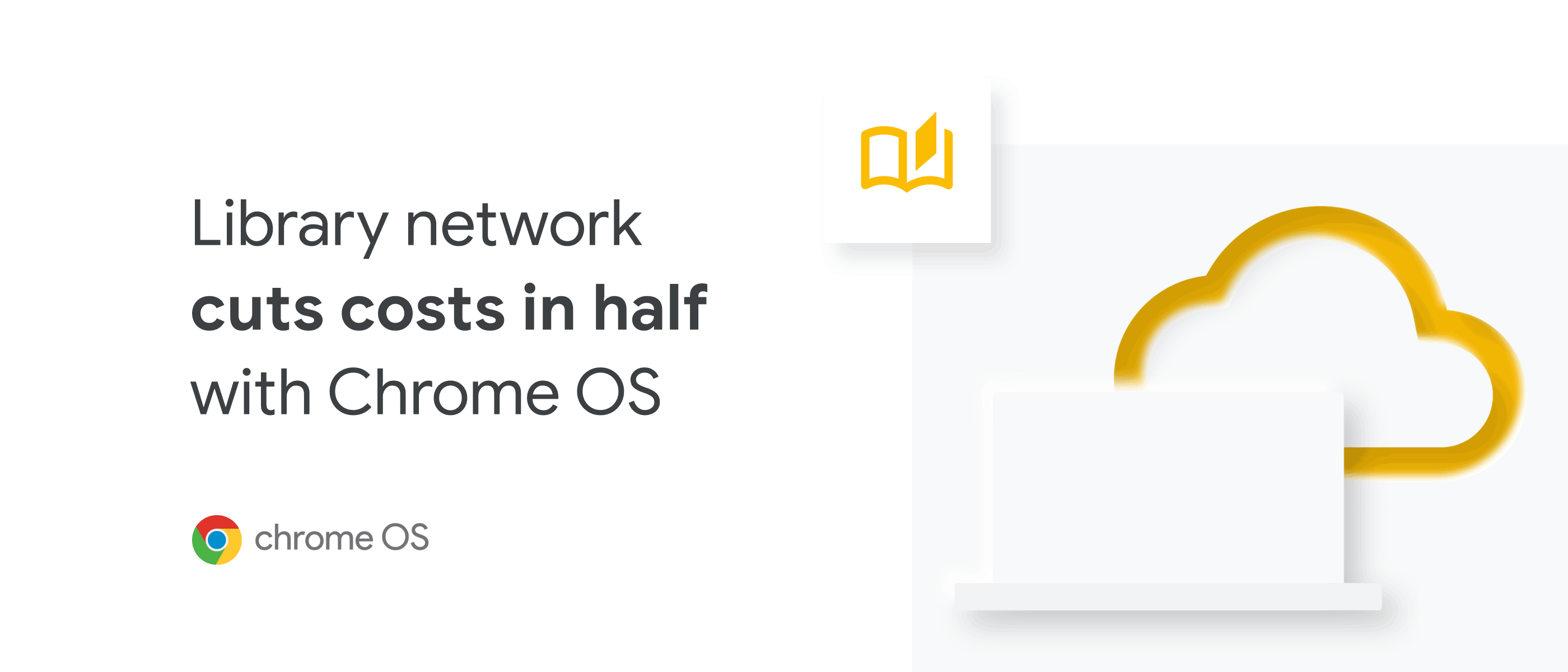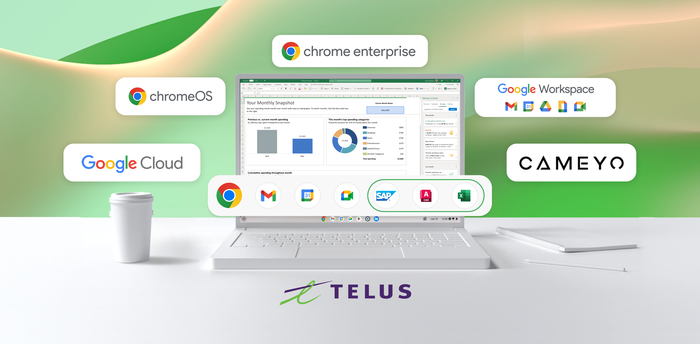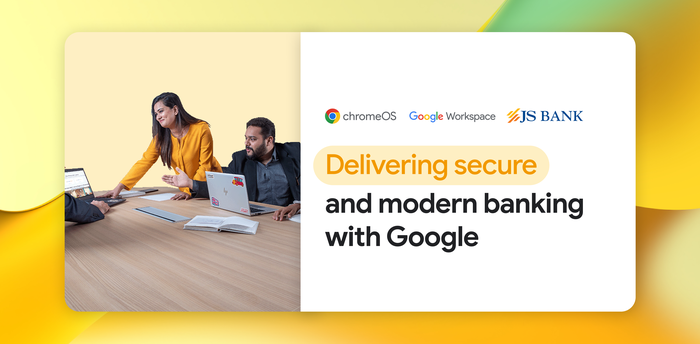At Somerset County libraries, Chrome OS cost savings check out for employees and patrons

Richard Loomis
Digital Services Manager, Somerset County Library System of New Jersey
Chrome Enterprise Upgrade free trial
Sign up for a free 30-day trial of the Chrome Enterprise Upgrade and enroll up to 50 Chrome OS devices.
Learn moreEditor’s note: Today’s post is by Richard Loomis, Digital Services Manager of the Somerset County Library System of New Jersey, which has 10 branches and serves 190,000 people. The library system uses Chrome OS devices, Google Cloud platform and Google Workspace to expand device access to patrons, and help employees collaborate on building new library services.
When you work for a library system you have to be a good steward of taxpayer dollars, since citizens are paying for books, employee salaries, and equipment. You have to use your time wisely as an employee. Everyone in our 10 branches wants to spend more time serving our communities, and less time managing technology.
We invested in Chrome OS devices for both patrons and employees to enhance how we work together and reduce spending, cutting device and software costs in half, from $84,000 a year to about $41,000. We’re working more productively too. During the months of remote work, Chrome OS devices helped us continue to get books into patrons’ hands through curbside pickups.
Out with software licenses, in with the cloud
In 2012, when we realized that many of the applications we use at work would be moving to the cloud, like our check-in/check-out software, we started thinking about a change from our Windows desktops and laptops. Most of our 285 employees used a state library email system plus a couple of Microsoft Office products for day-to-day office work. It wasn’t just hardware that strained our budget. The licensing costs—about $400 for each laptop and desktop—was a lot for computers that often saw light usage, or were only accessing data in the cloud. We couldn’t keep going down that road with taxpayer money.
To start our migration, we bought about 90 Chrome OS devices to replace the Windows devices used by visiting patrons. We subscribed to Chrome Enterprise Upgrade so we could centrally manage the devices. The staff liked Chromebooks just as much as patrons did. They started using them instead of their Windows computers because the Chromebooks booted up quickly and had a long battery life. We didn’t need to hand out chargers to patrons, which saved time for counter staff keeping track of equipment.
We invested in Chrome OS devices for both patrons and employees to enhance how we work together and reduce spending, cutting device and software costs in half, from $84,000 a year to about $41,000.
Richard Loomis, Digital Services Manager, Somerset County Library System of New Jersey
Working productively from anywhere
As more employees became familiar with Chrome OS and Chrome browser, we added more Chrome OS devices along with Workspace. Working with our partners Suitebriar for Workspace, and Cumulus Global for device management, we switched nearly all our Windows licenses for Workspace. We also bought HP Chromeboxes and LG Chromebases to replace old desktop computers. Managers who travel among branches have ASUS C201PA Chromebooks. All told, we have about 260 Chrome OS devices in use among staff and patrons.
Chrome OS devices, Chrome browser, and Workspace are all making productivity happen seamlessly within our organization. For our committee meetings hosting topics like children’s literature, it used to be hard to schedule convenient times to meet, especially since some branches are a 45-minute drive away from each other. Now we just share Google Docs back and forth with each other and comment on them—or if we need to chat, we use Google Meet. If I need to change policies on a Chrome OS device or troubleshoot problems, I can do that from my home office using device management in the Google Admin console instead of getting on the highway to go to the branch.
Chrome browser also plays a part in improving productivity. Along with setting policies and allowing staff to customize how they use the browser, we regularly deploy browser extensions, like one that helps us manage printing on the Chrome OS devices.
Now that many of our library solutions are on the web–like CARL•Connect Staff, where we catalog books and manage check-in and check-out—Chrome OS devices make it even easier to stay productive. We’ve started replacing the Windows devices at our check-in desks with Chromeboxes, since the Windows devices installed with CARL•X client software demand so much maintenance, and the Chromeboxes are working very well.
Setting up devices for remote work in a few clicks
When our libraries had to close in March 2020 in response to the pandemic, we realized we could remain productive with Chrome Enterprise, even as we worked from home for months. In the Chrome Admin console, I easily changed all the patron Chromebooks to staff devices.
The patron Chromebooks have restrictions, like disabling online access when devices leave our wifi network, and clearing data when the laptop lid is closed. By changing the policies in the Admin console, we eliminated these restrictions in a few seconds. That was huge for us, because many people didn’t have home computers that were suitable for doing daily work.
After several months of offering curbside book check-in and check-out, our branches reopened to patrons in July 2020, and most employees returned to onsite work. With just a few clicks in the Admin console, we re-enabled the policies to set up devices for the public.
Investing savings in more technology services
The cloud also helps our four-person IT team operate smoothly. We use Chrome tools and Google Cloud Platform to develop internal tools and resources without having to physically manage servers, and without having to become network security experts. We used Apps Script to create an app for our performance evaluations so we can complete them online instead of on paper.
With the cost savings from moving to Chrome OS and Workspace we were able to invest it in new technology services for the community.
Our equipment dollars go so much farther now: For what we used to spend on one Windows machine, I can buy five Chrome OS devices. We think Chrome Enterprise is the answer to many of the challenges facing smaller library systems: managing costs while adding better tools for employees and patrons.



